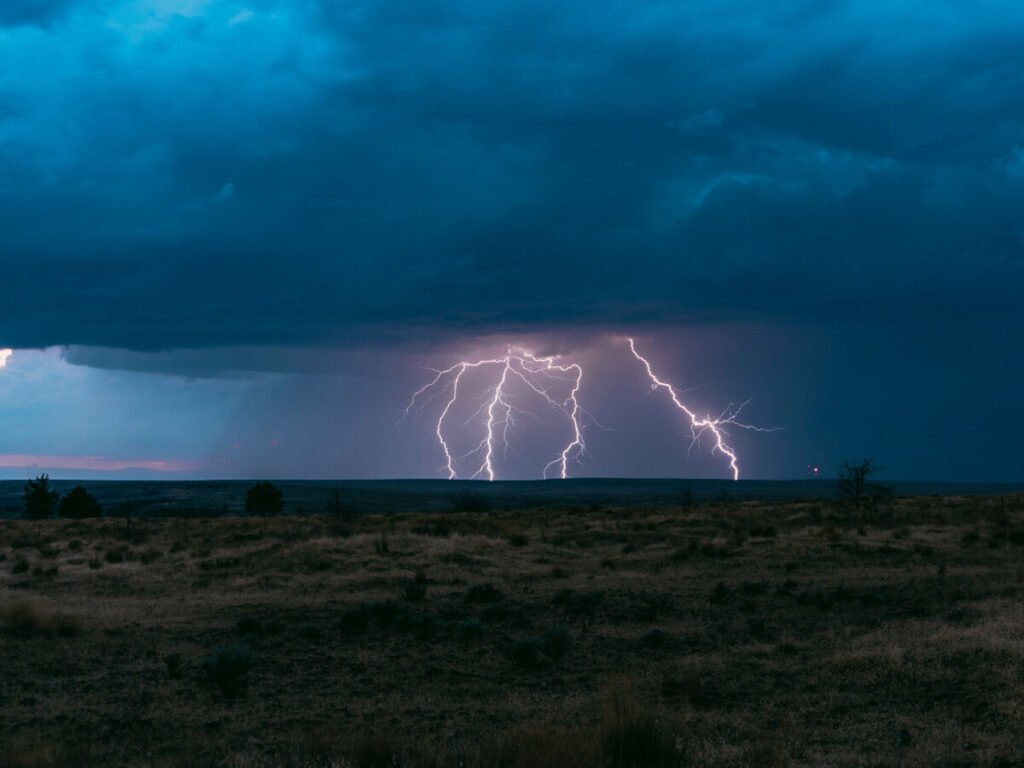If a severe storm approaches, if there is a risk of fire or flooding, warning apps should warn the population of this. But what if these apps warn the user too late or not at all? This is what happens to many people with Katwarn.

How do you reach the broadest possible mass of the population quickly and efficiently? What sirens used to do across Germany are now also doing so-called warning apps in parallel. Most people nowadays have a smartphone and internet connection with them, so the solution seems ideal. People get information faster on their cell phones than on the news or the radio. But a warning app is currently failing regularly.
The big applications on the market when it comes to disaster control are NINA , the DWD app and also Katwarn. They all have one task: to inform the population about a dangerous situation as quickly as possible so that they can protect themselves in good time . However, there is a lack of implementation – especially with Katwarn, numerous user complaints keep coming up.
KATWARN DOES NOT WARN: FUNCTION LAPSED
The prime example that the apps (cannot) always work ideally was shown on the 2020 warning day . At this long-planned rehearsal, all warning apps were supposed to warn the population of a disaster. But the result was exactly that. But the warning system doesn’t just fail on such special things, Katwarn in particular seems to have a problem with punctuality.
Because complaints about it are piling up on the Internet , for example currently in yesterday’s storm in many parts of Germany. In most cases, the app issued a warning much too late, for example several hours or even the next day. Others, however, received many messages at once within a short period of time, warning them for one or more locations.
WARNING APP FAILS: WHAT IS THE REASON?
But why is it that the specially designed app does not fulfill its function? Is it due to the technical requirements in the app itself, to the network infrastructure, which can be broken down depending on the region, or to a systematic error from Katwarn?
The developers are already keeping their backs on their website . Because there you can read that Katwarn does not guarantee 100% delivery security for warnings. The sending of the warning message is accordingly linked to the cellular network, the Internet or the power supply.
In view of the fact that the network expansion is not always satisfactory, especially in rural regions, the basis of the warning apps seems correspondingly shaky. Even in real disaster situations, the three technical factors are not necessarily given. Katwarn also offers an SMS and mail function. However, the ministry then only shares some of the warnings with the user.
THAT’S WHAT KATWARN SAYS
A spokesman for Katwarn told inside digital on request that the app is currently running normally and that no malfunction has been registered. In addition, it is explained that Katwarn also receives the weather warnings from the DWD – as does NINA and Co. Compared to other warning apps, Katwarn understands that warnings are only issued when the level is red or purple – in order to avoid an over-warning.
With regard to the technical conditions, Katwarn says: “The special effects for a location depend on many factors such as the development, the infrastructure or the previous weather conditions. In addition, especially with small-scale weather phenomena such. B. hail, heavy rain or thunderstorm gusts do not affect all locations / points of a region with the same intensity. Put simply, it can be that a weather situation looked like a severe storm, but according to meteorological criteria it is still below the strengths warned by Katwarn. “


